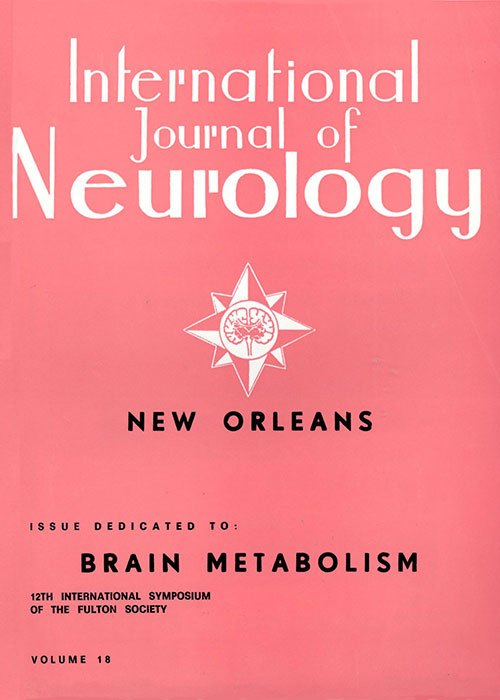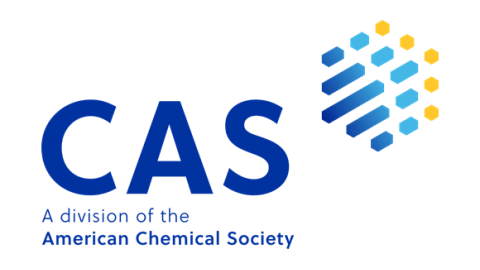Full Issue
DOI:
https://doi.org/10.62486/ijn198438Abstract
The combined issue (Numbers 1–2–3–4) of Volume 18 of the International Journal of Neurology (1984) was dedicated to brain metabolism, presenting a comprehensive and multidisciplinary exploration of biochemical, neurophysiological, and imaging advances that reshaped the understanding of cerebral function and dysfunction in the 1980s.
Edited by Víctor Soriano, the volume opened with Andreas Plaitakis, Soll Berl, and Melvin D. Yahr’s study on alterations in glutamate metabolism in olivo-ponto-cerebellar atrophy, identifying excitatory amino acid imbalances as a key neuropathological feature. Louis Sokoloff followed with a landmark paper on metabolic probes for the localization of functional activity, laying the groundwork for quantitative brain mapping using radiolabeled tracers.
Several articles advanced the neurochemical understanding of metabolic regulation. José M. Rabey and colleagues analyzed stress-induced changes in the hippocampal cholinergic system, while Yoshigoro Kuroiwa’s team explored chorea-acanthocytosis, correlating biochemical, clinical, and morphological findings.
A pivotal methodological contribution came from Marcus E. Raichle and collaborators, who described positron emission tomography (PET) studies using O-15 radiopharmaceuticals, establishing PET as a central tool for measuring cerebral blood flow and glucose utilization. Sid Gilman’s group examined basal ganglia glucose metabolism and single-unit activity in experimental hemiplegia, linking metabolic and electrophysiological data in movement disorders.
Other experimental studies included C. W. Dempsey et al. on monoamine turnover changes in cerebellar–limbic interactions, and K. A. Conger et al. on persistent dendritic swelling after transient ischemia, revealing ultrastructural correlates of post-ischemic neuronal damage.
Neuropeptide research was represented by Robert G. Heath and collaborators, whose investigations on endorphins, enkephalins, and morphine analogues in primates connected opioid systems to schizophrenia, epilepsy, and analgesia. Miyatake’s group characterized sialidosis with partial β-galactosidase deficiency, expanding knowledge of lysosomal storage diseases.
Michael V. Johnston and colleagues contributed an influential article on the impact of perinatal hypoxia–ischemia on developing neurotransmitter systems, a cornerstone for pediatric neurology. Further, Heath and Fitziarell reported on chemical stimulation of deep forebrain nuclei in parkinsonism and epilepsy, while Cooper et al. described metabolic responses in limbic-striate circuits following anterior thalamic stimulation in humans, integrating neurophysiology with clinical neurosurgery.
The issue closed with Cyril Bowers’ review of growth hormone regulation, an educational note on teaching neuropsychiatry in New Orleans (Arthur Epstein), and Soriano’s personal reflection, “New Orleans.”
Rich in experimental data and clinical implications, this volume represented a landmark in neurochemical and metabolic neurology, bridging molecular neuroscience, neuroimaging, and therapeutic innovation.
Downloads
Published
Issue
Section
License
Copyright (c) 1984 International Journal of Neurology (Author)

This work is licensed under a Creative Commons Attribution 4.0 International License.
The article is distributed under the Creative Commons Attribution 4.0 License. Unless otherwise stated, associated published material is distributed under the same licence.







